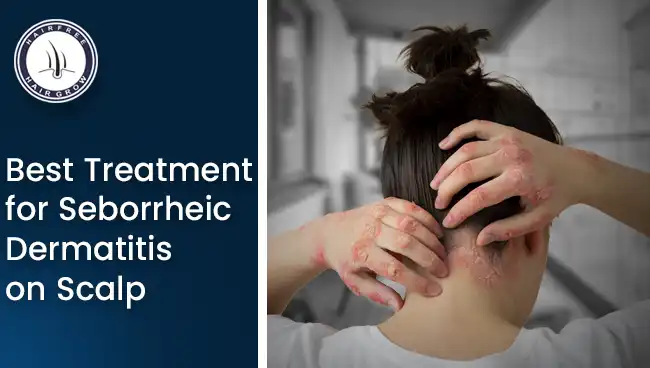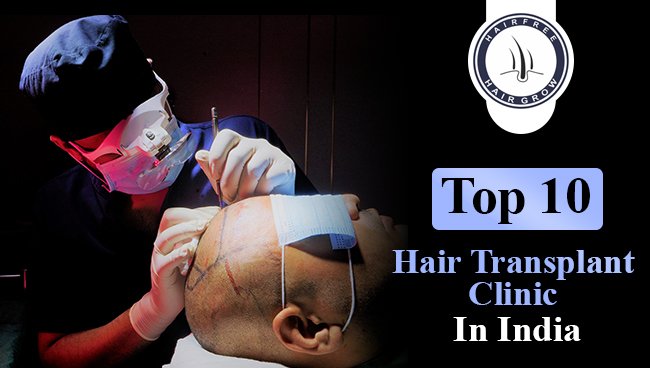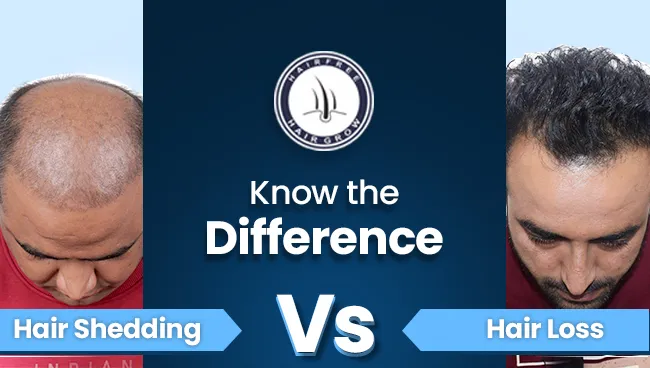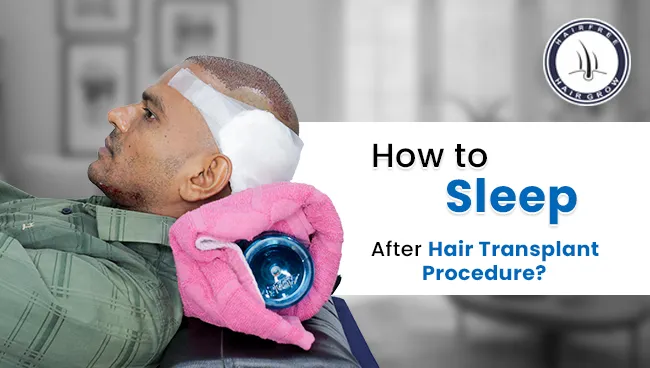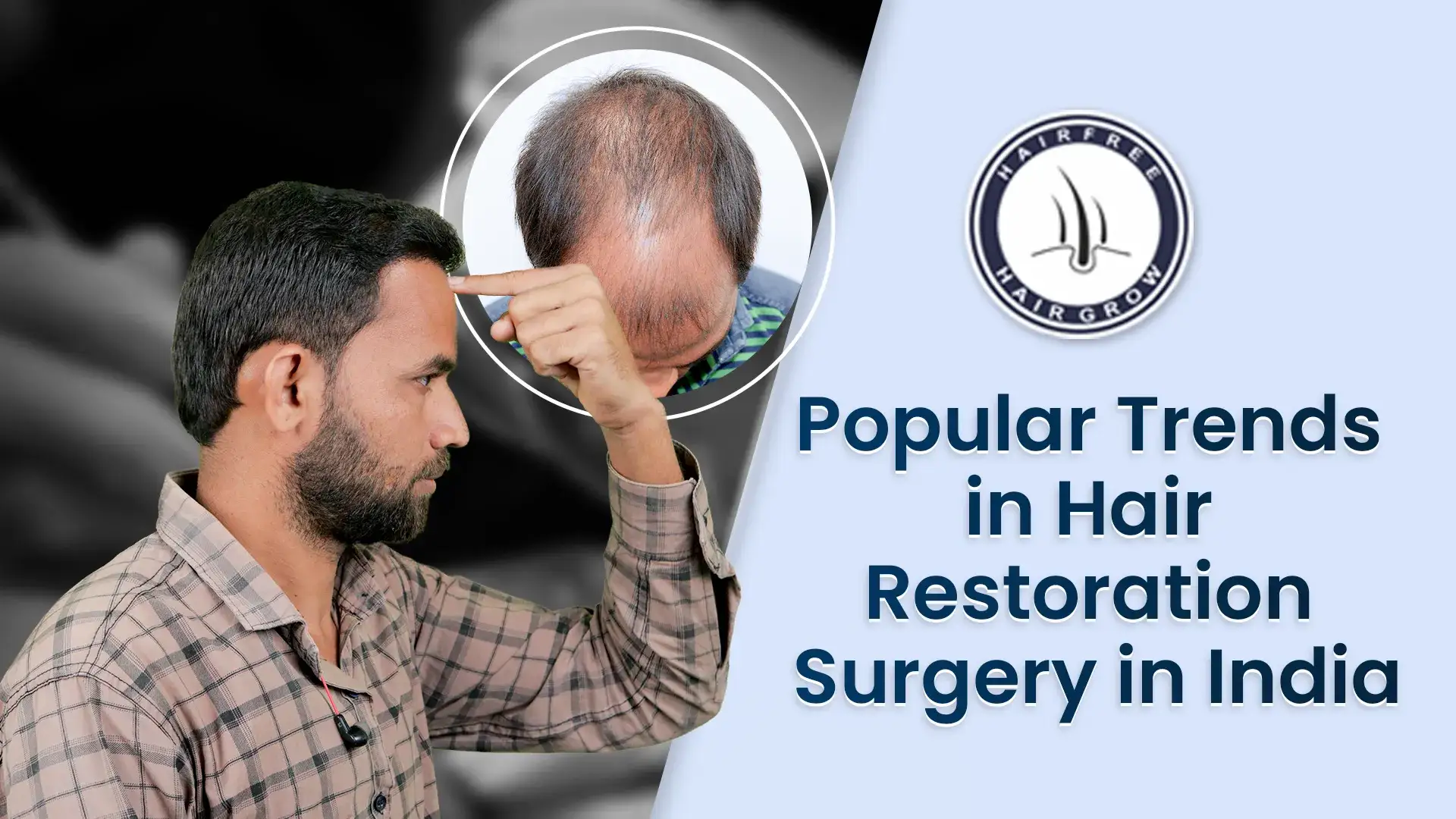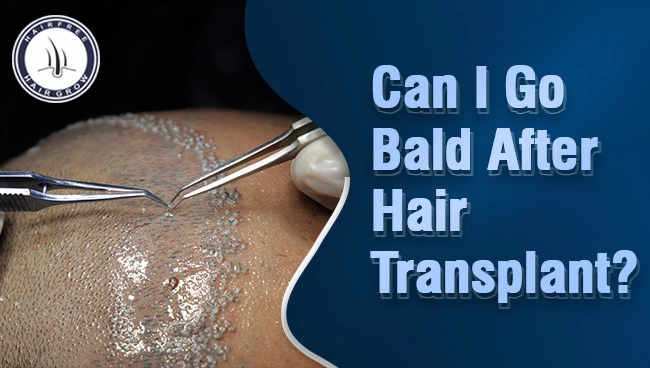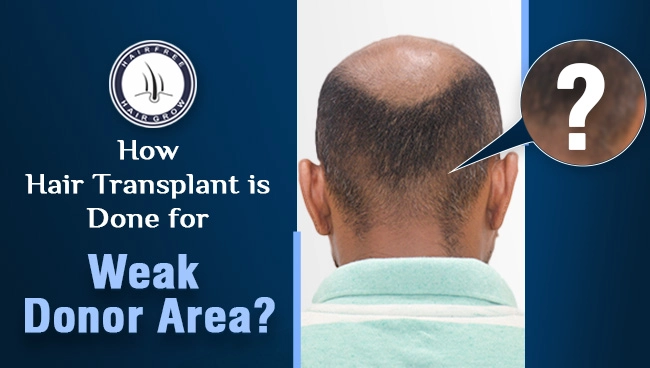Seborrheic dermatitis on scalp is a common condition that causes redness, itching, and flaking. It is often mistaken for dandruff, but it is a chronic condition that needs proper care. In this blog, we will discuss the best ways to manage and treat it effectively.
What Is Seborrheic Dermatitis on Scalp?
First things first, let’s understand what we’re dealing with. Seborrheic dermatitis on the scalp is a skin condition that causes redness, itching, and flaky scales. It’s often confused with dandruff, but it’s a bit more stubborn. It happens when your scalp produces too much oil, and a yeast called Malassezia grows out of control. Stress, cold weather, or even hormones can make it worse. The good news? There are tons of scalp dermatitis remedies to keep it under control.
Top Treatments for Seborrheic Dermatitis on the Scalp
So, how do you tackle this flaky foe? Here are the best seborrheic dermatitis treatments that actually work. I’ve broken it down into simple options you can try at home or with a doctor’s help.
1. Seborrheic Dermatitis Shampoo
The easiest way to start is with a good shampoo. Look for ones made specifically for seborrheic dermatitis shampoo. These shampoos have active ingredients that fight the yeast and calm your scalp. Wash your hair 2-3 times a week with it, and you’ll notice a difference.
- Popular Ingredients to Look For:
- Ketoconazole for seborrheic dermatitis (fights yeast)
- Salicylic acid (removes flakes)
- Selenium sulfide (reduces oil)
- Zinc pyrithione (soothes irritation)
2. Over-the-Counter Creams and Lotions
If shampoo isn’t enough, try a medicated cream. These are great for redness and itching. Look for products with hydrocortisone or antifungal ingredients. Apply a small amount to the itchy spots after washing your hair.
3. Natural Scalp Dermatitis Remedies
Want to go natural? Some home remedies can help too. Coconut oil softens flakes, while tea tree oil fights irritation. Just don’t overdo it—too much oil can make things worse.
4. Prescription Treatments
For tough cases, see a dermatologist. They might give you stronger ketoconazole for seborrheic dermatitis in cream or foam form. Sometimes, a short course of steroid lotion can calm things down fast.
How to Use These Treatments: A Simple Routine
Treating seborrheic dermatitis on scalp doesn’t have to be complicated. Here’s a quick routine to follow:
Step | What to Do | How Often |
Wash | Use a seborrheic dermatitis shampoo | 2-3 times a week |
Moisturize | Apply coconut oil or a light cream | Daily, if needed |
Medicate | Use antifungal cream (like ketoconazole) | As directed by doctor |
Avoid Triggers | Skip harsh hair products or hats that trap heat | Every day |
Stick to this, and you’ll see those flakes disappear over time.
Why Dandruff Treatment Isn’t Always Enough
You might think, “Isn’t this just dandruff?” Not quite. While dandruff treatment shampoos like Head & Shoulders can help, seborrheic dermatitis often needs more firepower. Dandruff is milder, but seborrheic dermatitis brings redness and bigger flakes. That’s why targeting the yeast and oil with special shampoos or creams works better.
Lifestyle Tips to Boost Your Seborrheic Dermatitis Treatment
Treating your scalp is only half the battle. A few lifestyle tweaks can make you’re how to cure scalp dermatitis plan even stronger. Here’s what I’ve found works:
- Keep Stress Low: Stress can flare it up, so try relaxing with a walk or some deep breaths.
- Eat Smart: Cut back on sugary or greasy foods. Some say a balanced diet helps their scalp stay calm.
- Stay Clean: Wash your hair regularly, but don’t over-wash—too much can dry out your scalp and make it mad.
My Favorite Products for Scalp Dermatitis Remedies
Not sure where to start? Here are some tried-and-true options I’d recommend for seborrheic dermatitis treatment. These are easy to find online or at your local store.
Product Type | Name/Example | Key Ingredient | Why It Works |
Shampoo | Nizoral | Ketoconazole | Kills yeast fast |
Shampoo | Head & Shoulders Clinical | Zinc pyrithione | Great for mild cases |
Cream | Cortizone-10 | Hydrocortisone | Soothes redness and itching |
Natural Oil | Tea Tree Oil (diluted) | Tea tree extract | Fights irritation naturally |
Pick one that fits your needs and budget. I love Nizoral for stubborn flakes—it’s a game-changer!
How Long Does It Take to See Results?
Here’s the deal: How to cure scalp dermatitis doesn’t happen overnight. With the right seborrheic dermatitis shampoo or cream, you might see less itching in a few days. Flakes could take a couple of weeks to clear up. Keep at it, even after it looks better, to stop it from coming back. Consistency is key!
Final Thoughts on How to Cure Scalp Dermatitis
Dealing with seborrheic dermatitis on scalp can be a pain, but it’s totally manageable. Start with a solid seborrheic dermatitis shampoo, add some gentle care, and tweak your habits. Before you know it, your scalp will thank you. Got a favorite trick? Let me know—I’m always up for learning more!
FAQs About Seborrheic Dermatitis on Scalp
Can seborrheic dermatitis on scalp go away on its own?
Sometimes, but it usually needs treatment to fully clear up. Left alone, it might stick around or come back.
Is ketoconazole for seborrheic dermatitis safe to use long-term?
Yes, but check with a doctor if you’re using it a lot. They might suggest switching products now and then.
What’s the best seborrheic dermatitis shampoo for daily use?
Something mild like Neutrogena T/Gel or Nizoral (used less often) works without drying out your scalp.
Can diet help with scalp dermatitis remedies?
Maybe! Cutting sugar or dairy helps some people, but it’s not a cure for everyone.
How do I know if it’s dandruff or seborrheic dermatitis treatment I need?
If it’s just flakes, it’s likely dandruff. Redness and stubborn itching? Probably seborrheic dermatitis.
Written By
MBBS, DVD (Skin & VD)
Dr. Ankit Jain is a renowned hair specialist with expertise in diagnosing and treating seborrheic dermatitis on scalp. With personalized care and advanced treatments, he helps patients manage scalp irritation, flaking, and discomfort, ensuring healthier hair and long-term relief from scalp conditions.
Disclaimer
We’ve made all possible efforts to ensure that the information provided here is accurate, up-to-date and complete, however, it should not be treated as a substitute for professional medical advice, diagnosis or treatment. See Detailed Disclaimers Here.

